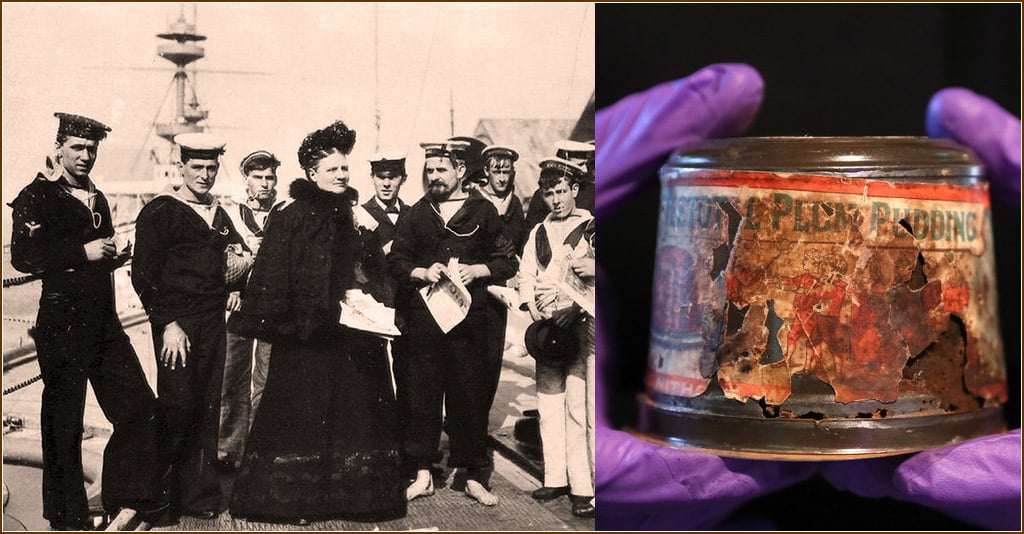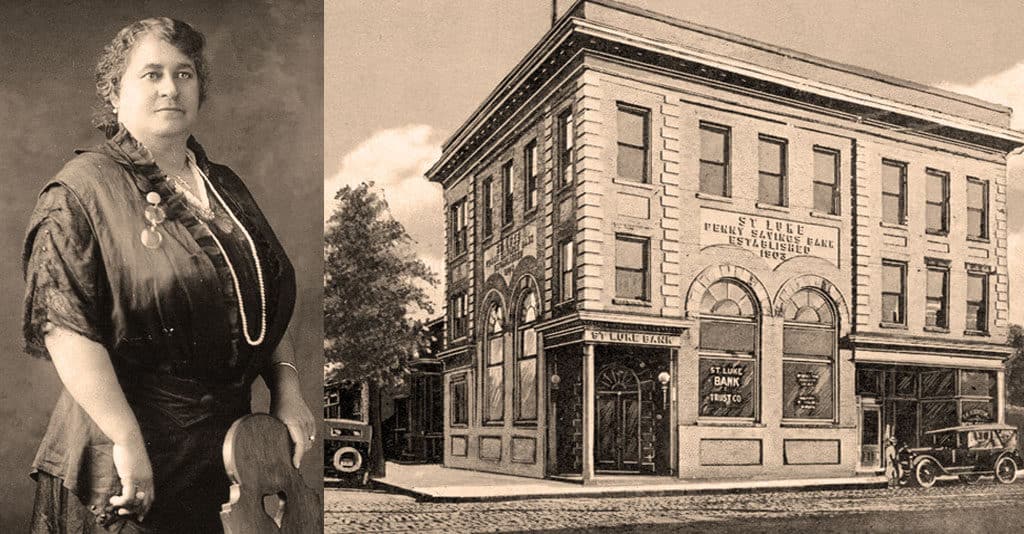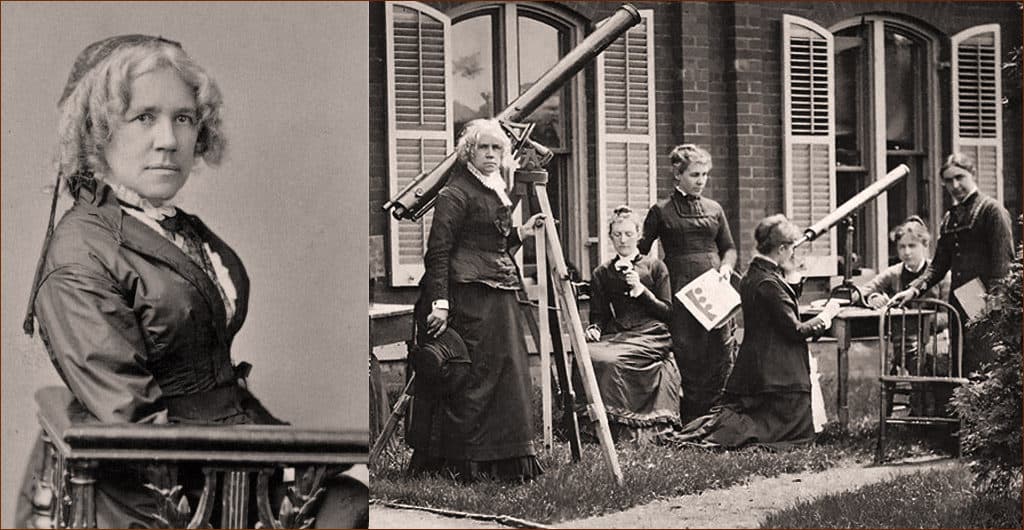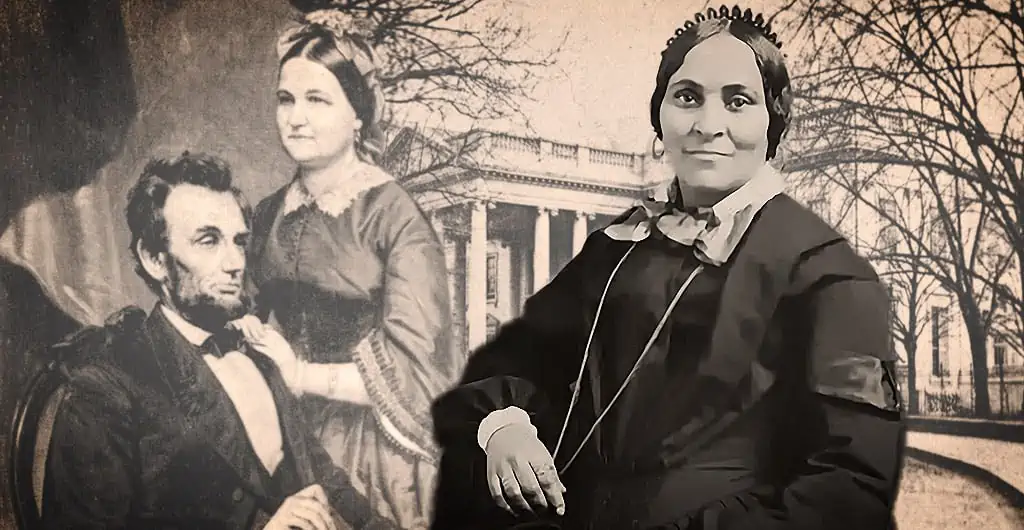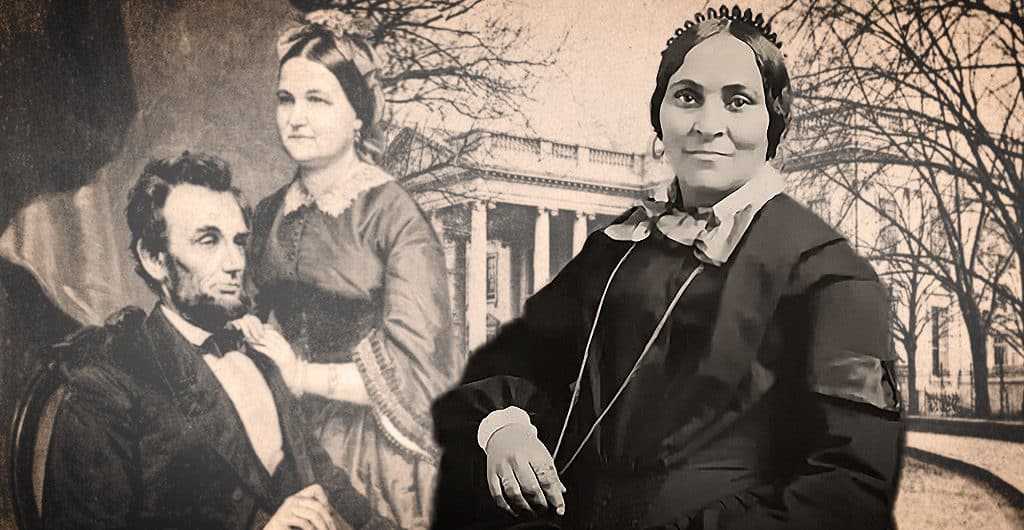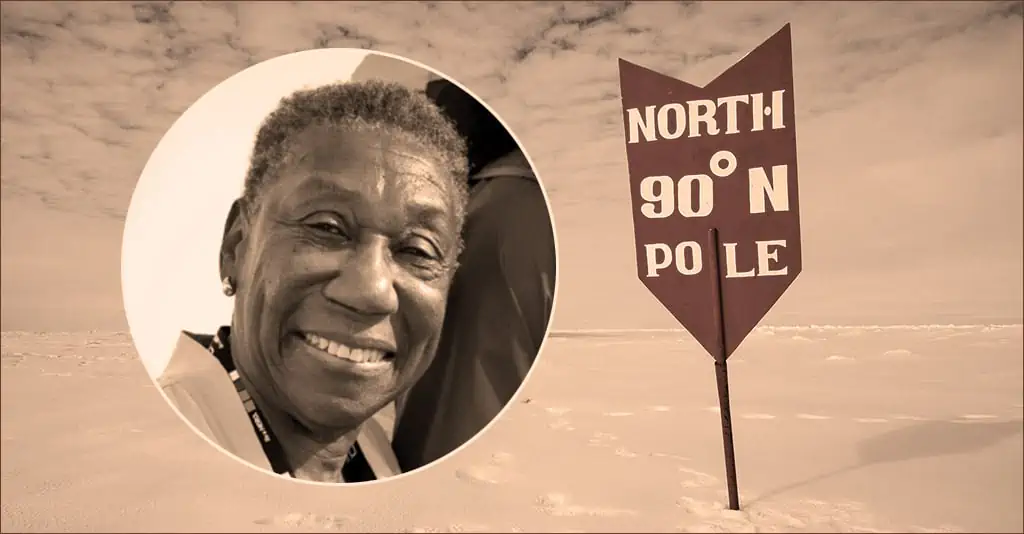
In terms of sheer persistence, Barbara Hillary’s is quite a story. Determined to do what no other woman like her had done before, Hillary became the first African-American woman to reach the North Pole. Even more noteworthy, she did it at the age of 75.
Continue reading “Barbara Hillary: Blazing a Trail to the Top (and Bottom) of the World”

